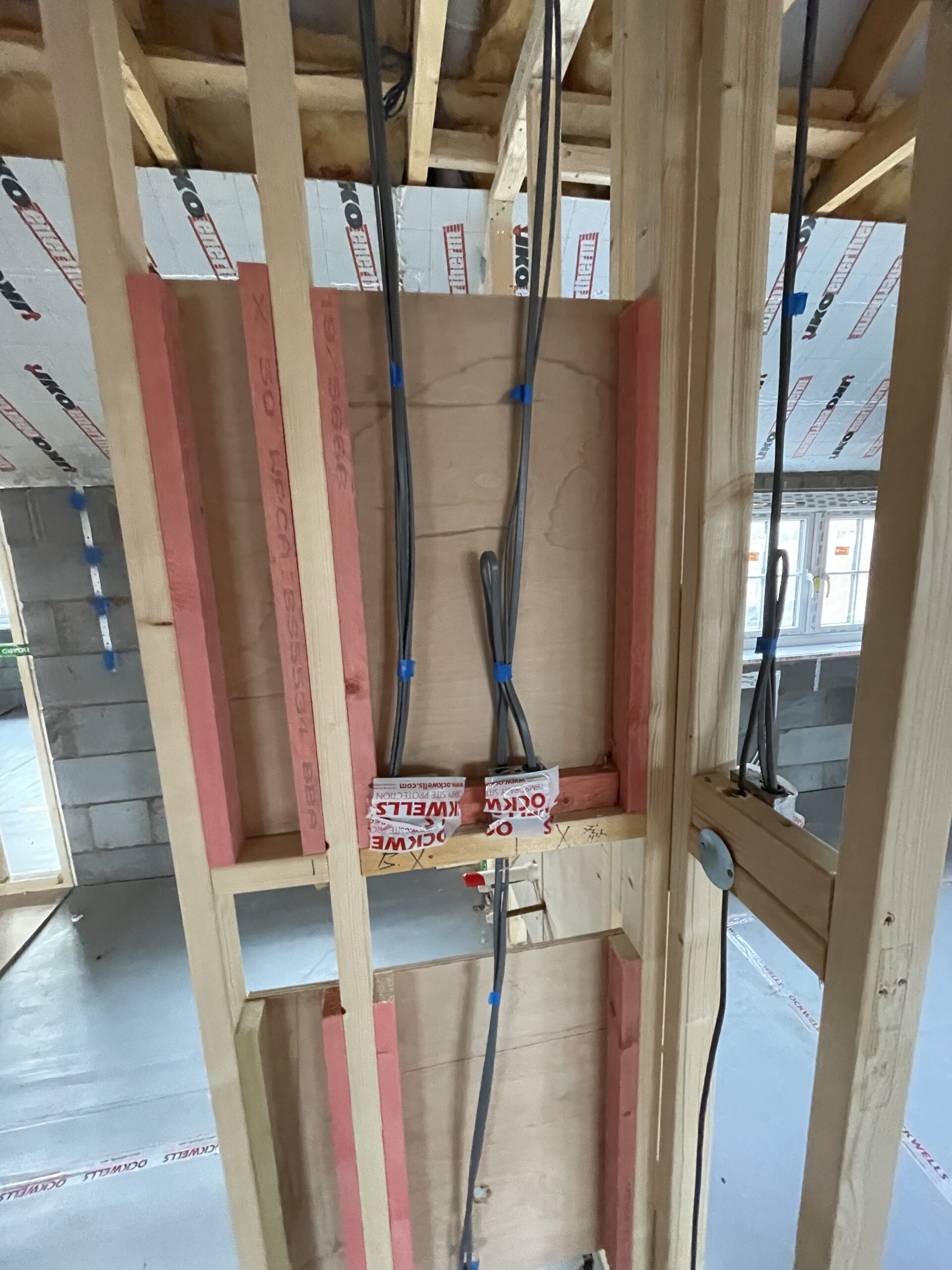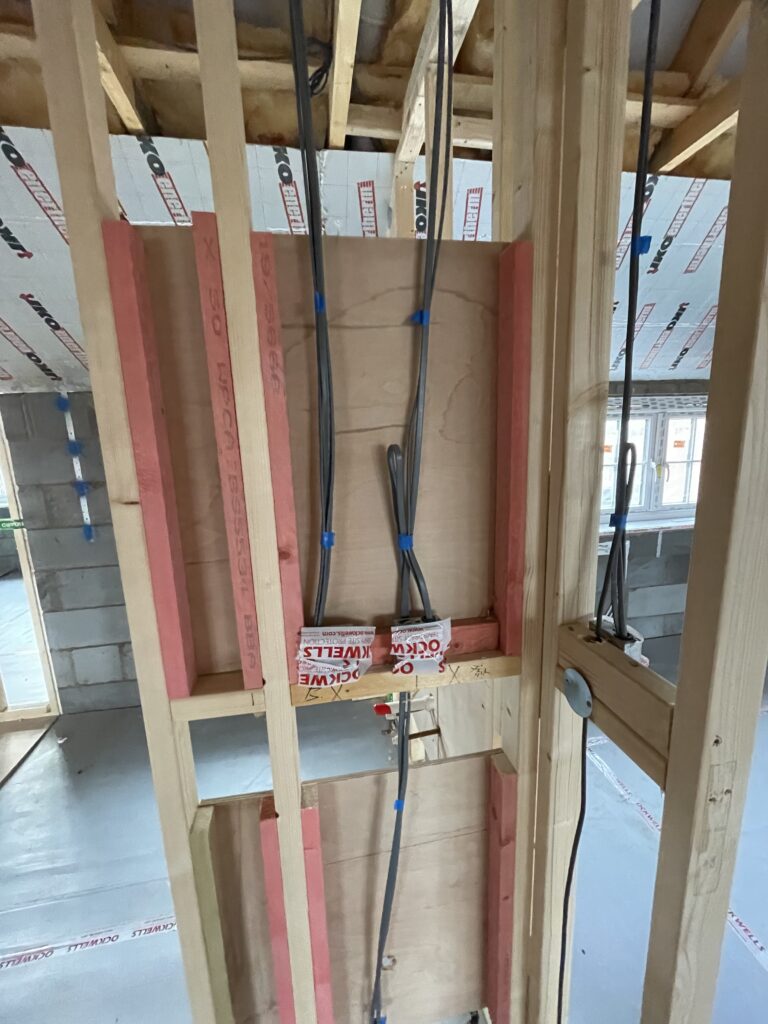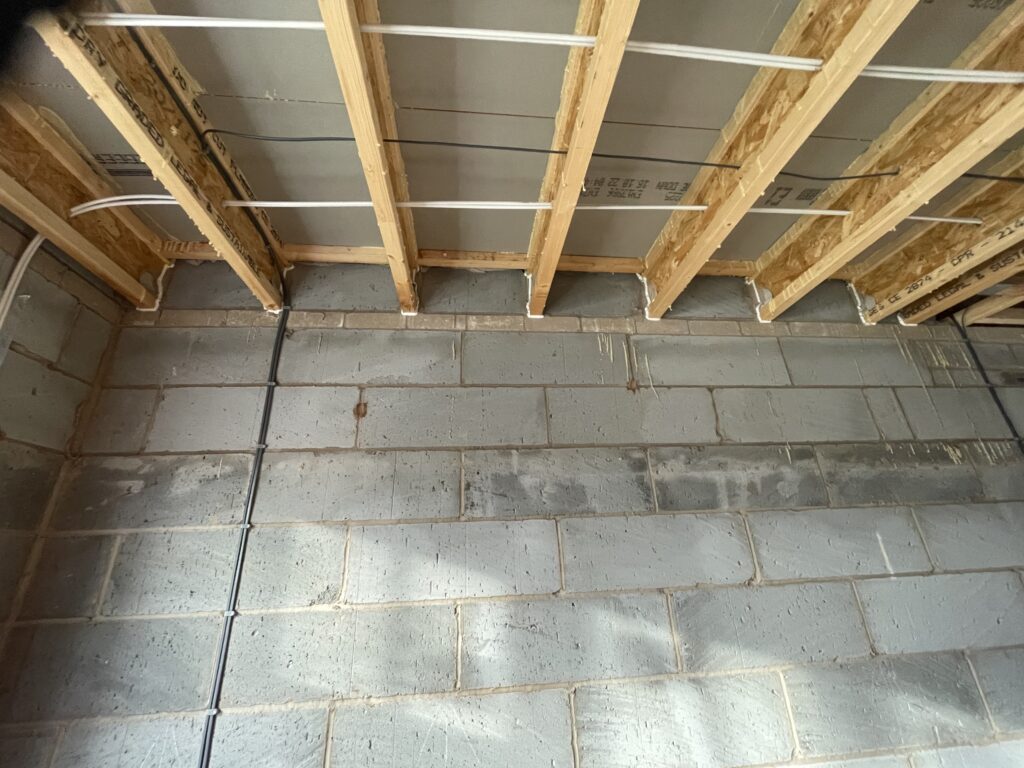NHBC Pre-Plaster Inspection Requirements: Your Complete Guide

Navigating the NHBC pre-plaster inspection can be a daunting task for builders and homeowners alike.
This critical stage in the construction process ensures that your project meets the high standards set by the National House Building Council (NHBC).
In this comprehensive guide, we’ll demystify the NHBC pre-plaster inspection requirements, equipping you with the knowledge to sail through this crucial checkpoint with flying colors.
Whether you’re a seasoned professional or a first-time builder, understanding these requirements is key to avoiding costly delays and ensuring the quality of your build.
FREE PRE PLASTER CHECKLIST
Pre-completion
1. Understanding the NHBC Pre-Plaster Inspection
The NHBC pre-plaster inspection is a vital quality control measure designed to catch potential issues before they become major problems.
This inspection typically occurs after the installation of first-fix electrics, plumbing, and ventilation systems, but before the application of plaster or dry-lining.
It’s a crucial step in ensuring that your new build meets the NHBC’s rigorous standards for quality and safety.
2.Key Areas of Focus
During the pre-plaster inspection, NHBC inspectors will pay close attention to several critical areas:
a) Structural Integrity: Inspectors will check that all load-bearing walls, floors, and roofs are correctly constructed and adequately supported.
b) Fire Safety Measures: Proper fire-stopping between floors and compartments will be assessed to ensure compliance with fire safety regulations.
c) Electrical and Plumbing Systems: First-fix installations will be examined for compliance with building regulations and NHBC standards.
d) Ventilation: Adequate ventilation provisions, including trickle vents and extraction systems, will be verified.
e) Insulation: Inspectors will check that insulation is correctly installed and meets the required thermal performance standards.
f) Damp-Proofing: Measures to prevent moisture ingress, such as damp-proof courses and membranes, will be inspected.
Documentation Requirements

To ensure a smooth inspection process, you’ll need to have the following documentation ready:
- Building Control approval documents
- Architectural and structural drawings
- Manufacturer’s installation guidelines for key components
- Electrical and plumbing certificates (where applicable)
- Energy performance calculations
Having these documents organized and readily available can significantly expedite the inspection process.
4.Common Pitfalls and How to Avoid Them
Many builders face challenges during the NHBC pre-plaster inspection. Here are some common issues and tips to avoid them:
a) Inadequate Fire-Stopping: Ensure all penetrations through fire-resistant structures are properly sealed.
b) Improper Insulation Installation: Follow manufacturer guidelines closely and avoid compressing insulation materials.
c) Electrical and Plumbing Violations: Work with certified professionals and keep abreast of the latest building regulations.
d) Ventilation Oversights: Pay special attention to areas prone to moisture build-up, such as bathrooms and kitchens.
e) Structural Discrepancies: Adhere strictly to approved plans and consult structural engineers for any on-site changes.
- Preparing for the Inspection
A successful NHBC pre-plaster inspection starts with thorough preparation. Consider these steps:

a) Conduct a Self-Assessment: Use the NHBC inspection checklist to perform your own pre-inspection.
b) Address Known Issues: Rectify any problems identified during your self-assessment before the official inspection.
c) Clean and Clear the Site: Ensure the inspection areas are clean, well-lit, and easily accessible.
d) Brief Your Team: Make sure all on-site personnel are aware of the inspection and its importance.
e) Be Present: Plan to be on-site during the inspection to address any questions or concerns immediately.
6.NHBC Pre plaster – What Happens After the Inspection?
Following the NHBC pre-plaster inspection, you’ll receive a detailed report outlining any issues that need addressing. Here’s what to expect:
a) Pass: If your build meets all requirements, you’ll get the green light to proceed with plastering or dry-lining.
b) Conditional Pass: Minor issues may be noted, which you’ll need to rectify before proceeding.
c) Fail: Significant problems will require immediate attention and a re-inspection.
Remember, a failed inspection isn’t the end of the world. It’s an opportunity to improve your build quality and ensure long-term satisfaction for the eventual homeowners.
7.Continuous Improvement and Best Practices
The most successful builders view the NHBC pre-plaster inspection as more than just a hurdle to clear. They use it as a learning opportunity to continually improve their processes. Consider implementing these best practices:
a) Regular Training: Keep your team updated on the latest NHBC standards and building regulations.
b) Quality Control Checklists: Develop internal checklists based on NHBC requirements for each stage of construction.
c) Supplier Relationships: Work closely with suppliers to ensure all materials meet NHBC standards.
d) Feedback Loop: Encourage open communication with inspectors and use their feedback to refine your practices.
e) Technology Adoption: Utilize digital tools for project management and quality control to streamline your processes.
Conclusion:
Mastering the NHBC pre-plaster inspection requirements is a crucial step in delivering high-quality, compliant new builds. By understanding the key focus areas, preparing thoroughly,
and learning from each inspection, you can transform this potential stumbling block into a cornerstone of your construction success.
Remember, the goal isn’t just to pass the inspection, but to use it as a tool for continuous improvement in your building practices.
With the insights and strategies outlined in this guide, you’re well-equipped to navigate the NHBC pre-plaster inspection with confidence, ensuring the quality and longevity of your construction projects.
#NHBCInspection #PrePlasterRequirements #ConstructionQuality #BuildingRegulations #HomeBuilding #ConstructionBestPractices #PropertyDevelopment #BuildingStandards #ConstructionManagement #QualityControl
#NHBCPrePlasterInspectionChecklist #AvoidingNHBCInspectionFailures #PrePlasterInspectionPreparationTips #NHBCBuildingStandardsCompliance #ImproveConstructionQualityNHBC


